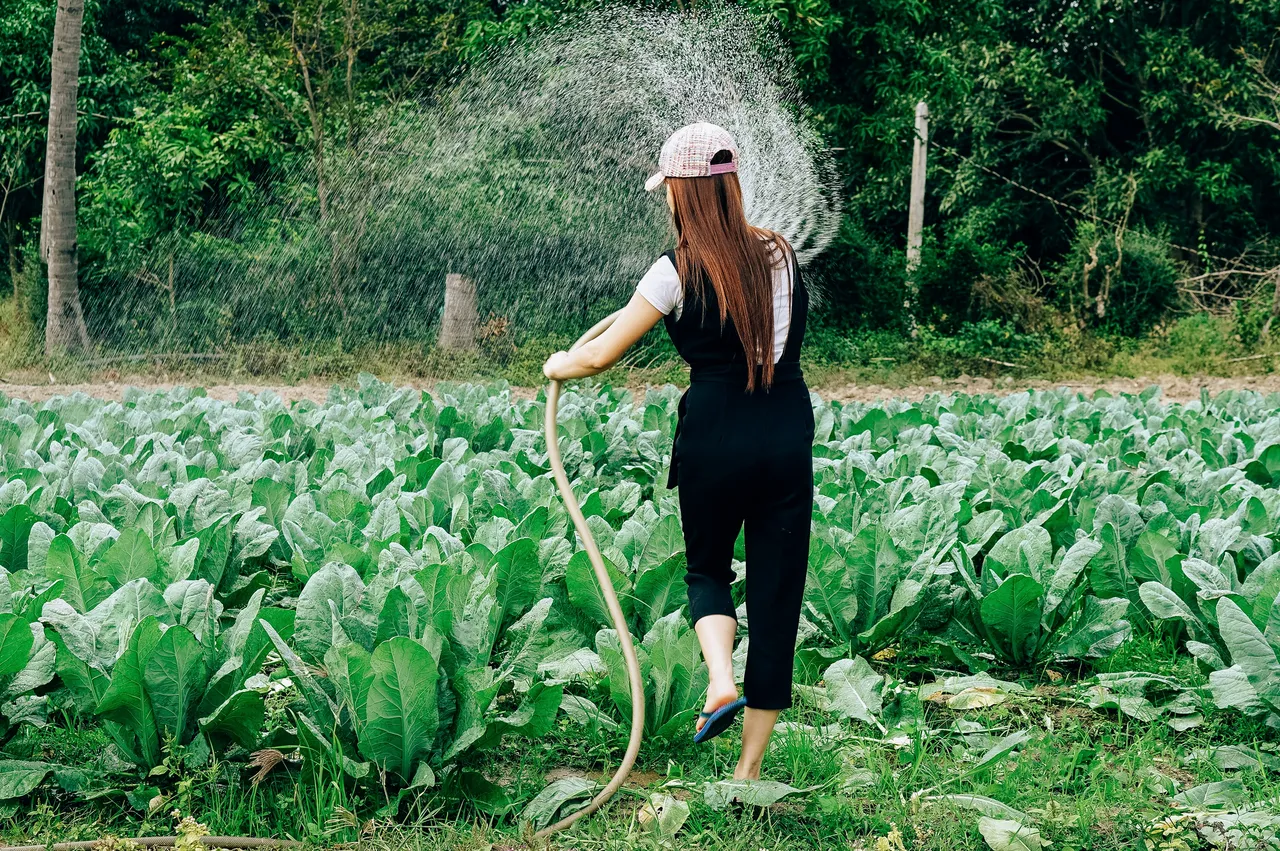
Image info
Seasonal Planting Guides: Best Times to Plant for Optimal Growth
Knowing the best times to plant is important for any gardener who wants to grow a successful garden. Seasonal planting helps plants grow better and ensures they thrive in the right conditions. If you are new to gardening or have years of experience, understanding when to plant different crops can greatly affect your gardening success.
Understanding Seasonal Planting
Seasonal planting means timing your planting according to the seasons. Each season offers unique opportunities and challenges for gardeners. Spring is often seen as the best time for planting, but fall also provides excellent conditions for certain crops. Planning your planting schedule around the seasons can improve your garden's productivity and health.
Best Times to Plant Vegetables
Spring Planting (March to May)
Spring is when the soil begins to warm, making it perfect for planting various vegetables. For example, peas should be planted early in spring for a sweet harvest. Lettuce thrives in cooler temperatures, so sow seeds as soon as the soil can be worked. Spinach is another cool-season crop that can be planted early for a nutritious yield. As the weather warms, wait until after the last frost to transplant tomatoes outdoors for a bountiful summer harvest.
Fall Planting (Mid-July to September)
Fall is another important planting period, especially for cool-season vegetables. For instance, broccoli can be planted in late summer for a fall harvest, as it thrives in cooler temperatures. Carrots should be sown in late summer for a sweet harvest in the fall. Beets, which can be planted in late summer, will sweeten with the cooler autumn temperatures.
Seasonal Planting Guide for Flowers
Timing is also important for flowers. Spring-flowering bulbs, such as tulips and daffodils, should be planted in the fall, allowing them to establish roots before winter. Summer-blooming flowers like sunflowers and zinnias should be sown in the spring after the last frost.
Regional Planting Calendars
Using a regional planting calendar can greatly enhance your gardening success. The USDA Plant Hardiness Zone Map is a valuable tool that helps you determine which plants are best suited for your area based on climate and temperature. By entering your zip code, you can access personalized planting calendars that provide specific planting dates for vegetables, fruits, and herbs. For more information, visit the USDA Plant Hardiness Zone Map.
Climate's Impact on Planting Times
Climate change is affecting traditional planting schedules, leading to earlier blooms and unpredictable growing seasons. For example, studies have shown that warmer temperatures can shift planting dates by several weeks. As temperatures rise, gardeners may need to adjust their planting dates to accommodate these changes. Monitoring local climate conditions and frost dates is important for successful gardening.
Optimal Planting Conditions
For plants to thrive, they need specific conditions. Most vegetables grow best in temperatures between 65°F and 75°F during the day and 55°F to 65°F at night. Additionally, soil preparation is key. Testing soil pH and nutrient levels can help ensure that your plants have the best chance for success. For more on soil preparation, check out this guide on soil testing.
Common Mistakes in Seasonal Planting
Even experienced gardeners can make mistakes when it comes to seasonal planting. Common pitfalls include planting at the wrong time, failing to prepare the soil properly, and not considering local climate conditions. To avoid these issues, always check local frost dates and seasonal changes to ensure proper timing. Conduct soil tests and amend as necessary to provide the right nutrients for your plants.
Preparing the Garden for Spring Planting
As spring approaches, it's time to prepare your garden for planting. Start by evaluating the state of your garden, clearing away debris from winter, and ensuring your soil is ready for new plants. Adding compost or fertilizer can help enrich the soil, providing the nutrients necessary for healthy growth.
Best Plants for Fall Planting
Fall is a great time to plant leafy greens like lettuce and spinach, as well as root crops such as beets and carrots. These crops thrive in cooler temperatures and can often be harvested well into the fall. Additionally, consider planting perennials that will establish themselves before winter, ensuring a vibrant garden come spring.
Conclusion
Understanding the best times to plant is important for any gardener aiming for a successful garden. By aligning your planting schedule with the seasons, considering regional conditions, and avoiding common mistakes, you can cultivate a thriving garden that yields plentiful harvests. Embrace the seasonal changes and plan your planting accordingly for optimal growth. Start creating your personalized planting schedule today to maximize your gardening success!
This article was developed using available sources and analyses through an automated process. We strive to provide accurate information, but it might contain mistakes. If you have any feedback, we'll gladly take it into account! Learn more

